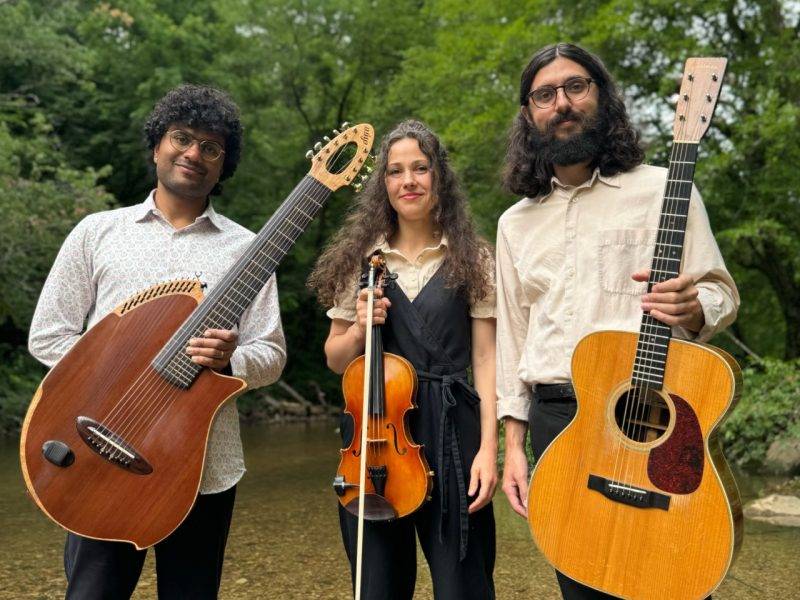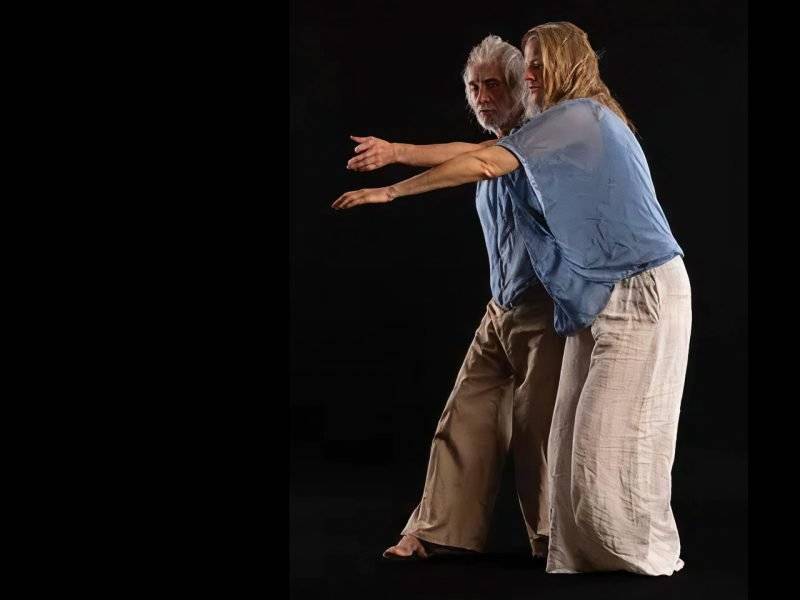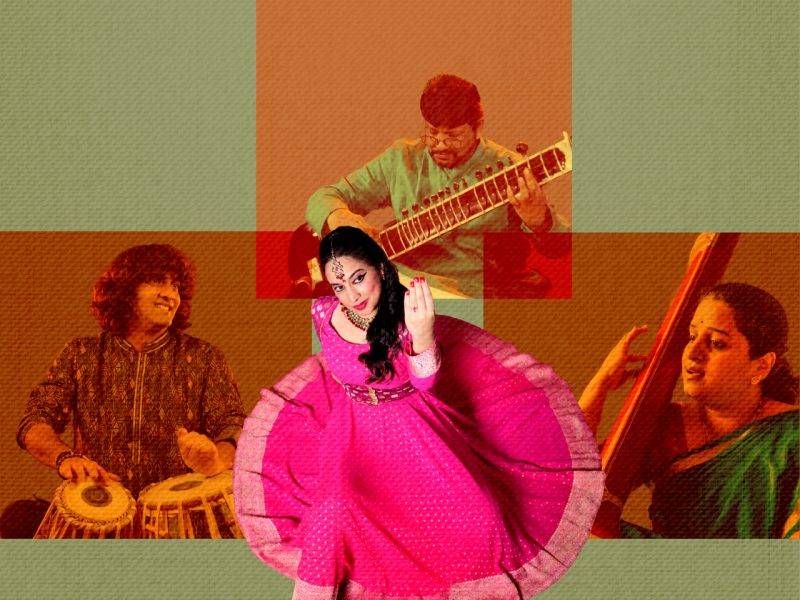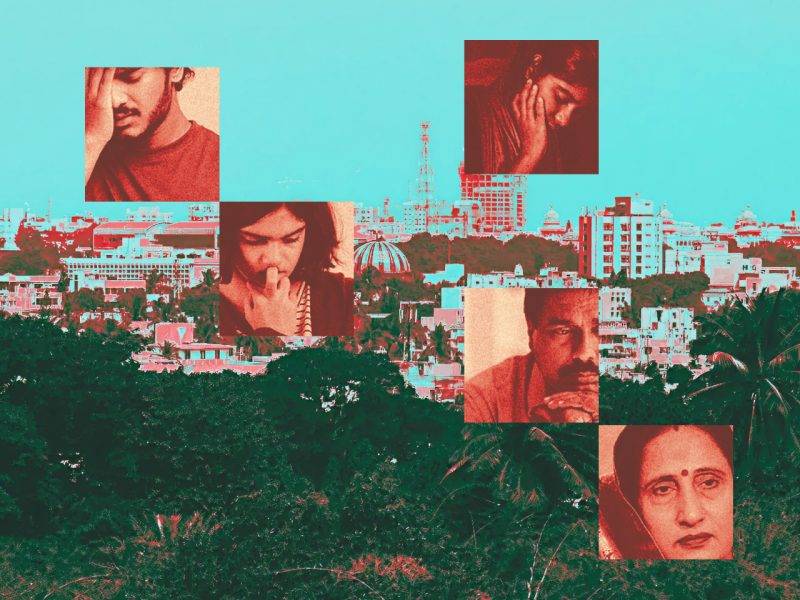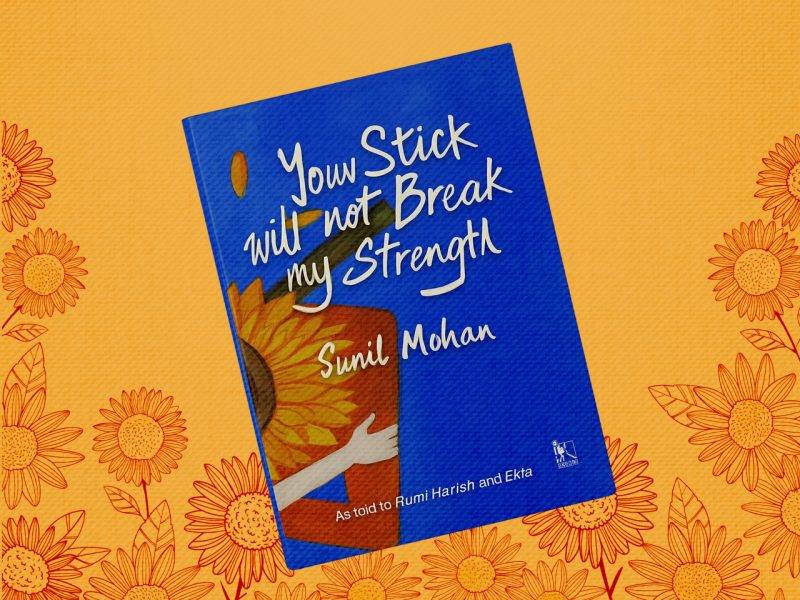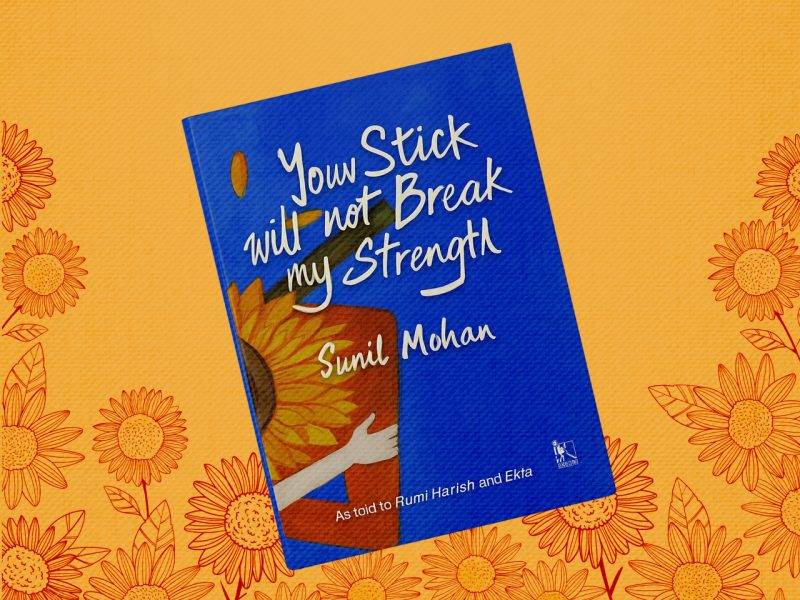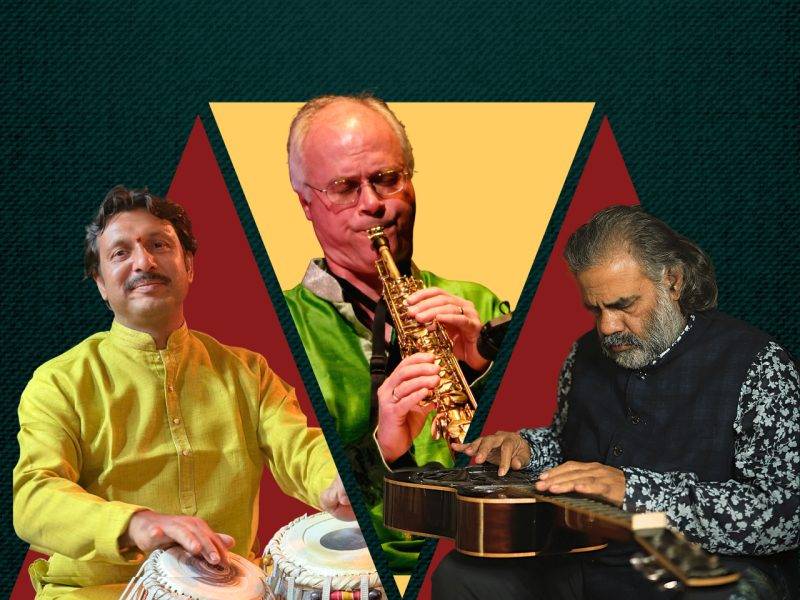ಅಭಿಮನ್ಯು ಕಾಳಗ | Abhimanyu at War Yakshagana Bayalata ಯಕ್ಷಗಾನ ಬಯಲಾಟ
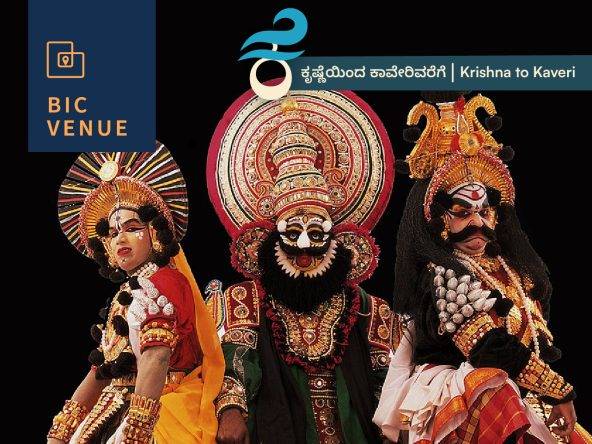
Details
Nov 10 2024 to Nov 10 2024 11 a.m.
EVENT HAS ENDED
Where
Bangalore International Centre
7 4th Main Rd, Stage 2, Domlur 560071
Event Description
The Gana Sourabha group will be performing Yakshagana Bayalata – Abhimanyu Kalaga, a prasanga chosen from the Mahabharata. The episode relates to Abhimanyu’s entry into the battle formation and eventual death. This popular prasanga is written by the poet Devidasa. The session will begin with an introduction to Yakshagana by Prof. Radhakrishna followed by the performance.
Abhimanyu, the son of Arjuna, is the youngest warrior on the battlefield who was able to fight even with the eldest warrior of the Kauravas – Bhishma. After the death of Bhishma, the Kaurava king Duryodhana names Guru Drona the Commander-in-Chief and a fierce battle ensues. Drona forms a chakravyuha, an unbreakable circular formation of the army. At the time, Arjuna and Krishna were diverted in a fight with the demon kings, the Samshaptakas. All the important Pandava commanders including Bhima failed to break the chakravyuha and Abhimanyu volunteers himself to break the formation. He successfully enters the chakravyuha and devastates the enemy army, defeating Jayadratha who was in command at the entrance. To defeat and kill Abhimanyu, all the important Kaurava commanders led by Drona, Duryodhana and Karna encircle him, cut his hands from behind and kill him. It was one of the most unethical deeds done by these commanders which went against the accepted ethics of war. The actions of the commanders are questioned and debated.
Yakshagana, meaning celestial music, is a traditional Indian art form that combines dance, music, dialogue and characters donned with appropriate costumes who generally tell stories from the Ramayana and Mahabharata. Yakshagana, also called Bayalata, is performed in the open fields on an elevated platform and is dedicated to the stories of the Dashavatara, the ten incarnations of Vishnu. The performing troupe or Mela is called the Dashavatara Mela. It was patronized mainly by temples for their festivals and by rich patrons.
There are geographical and cultural variations in Yakshagana. The style performed in Dakshina Kannada and Kasaragodu is called Tenku Tittu, and in Uttara Kannada it is called Badagu Tittu. Generally both take the poetic form of the prasanga. However, the costumes are very different, and there are slight variations in the rendering of dance and music. In Tenku Tittu, the tala or accented beat of time measures of the chende drum is emphasized, as is the veera rasa (bravery) and footwork. In Badagu Tittu, the laya or repetitive rhythm of the maddale drum is given more importance, as is the shringara rasa (love), lasya (grace) and abhinaya (expression). This performance is in the Tenku Tittu
style.
The Bhagavata, the lead singer, is the main Sutradhara – the poetic narrator and the director of the prasanga. He assigns the artists their respective roles and generally they are spontaneously cast on the spot. The delivery of dialogues is impromptu.
The Abhimanyu Kalaga prasanga has been chosen because it is an episode covering many aspects of the form, including several Yakshagana veshas or costumes and different dance steps appropriate to the types of characters. It exhibits Streevesha (a woman – Subhadra; generally in Yakshagana only men don the role of women characters), Rajavesha (a king – Karna, Kaurava and Jayadratha), Rakshasavesha (a demon – the Samshaptakas), Brahmanavesha (a Brahmin in this case in the role of a warrior – Drona) and Punduvesha (an exuberant young warrior – Abhimanyu).
Despite all the changes in our fast moving, modern world with the internet and other technology, Yakshagana continues to remain relevant, and its importance and impact cannot be minimised. It has adapted to the rhythms of the modern world without altering its basic character. It has also crossed the borders of Karavali, the coastal region, and popularised itself all over India and in foreign lands with performances in the US, UK, Australia, Germany and elsewhere.
ಗಾನ ಸೌರಭ ತಂಡವು ಯಕ್ಷಗಾನ ಬಯಲಾಟ – ಅಭಿಮನ್ಯು ಕಳಗವನ್ನು ಪ್ರಸ್ತುತಪಡಿಸಲಿದೆ. ಮಹಾಭಾರತದಿಂದ ಆಯ್ದ ಈ ಪ್ರಸಂಗವು ಅಭಿಮನ್ಯುವಿನ ಯುದ್ಧ ಪ್ರವೇಶ ಮತ್ತು ಅಂತಿಮ ಮರಣವನ್ನು ನಿರೂಪಿಸುತ್ತದೆ. ಈ ಜನಪ್ರಿಯ ಪ್ರಸಂಗವನ್ನು ಕವಿ ದೇವಿದಾಸರು ರಚಿಸಿದ್ದಾರೆ. ಕಾರ್ಯಕ್ರಮವು ಪ್ರೊ. ರಾಧಾಕೃಷ್ಣ ಅವರ ಯಕ್ಷಗಾನ ಪರಿಚಯದೊಂದಿಗೆ ಆರಂಭವಾಗಿ, ನಂತರ ಪ್ರದರ್ಶನ ನಡೆಯಲಿದೆ.
ಅರ್ಜುನನ ಮಗನಾದ ಅಭಿಮನ್ಯು, ಯುದ್ಧಭೂಮಿಯ ಅತ್ಯಂತ ಕಿರಿಯ ಯೋಧ, ಕೌರವರ ಹಿರಿಯ ಯೋಧ ಭೀಷ್ಮರನ್ನೂ ಎದುರಿಸಬಲ್ಲವನಾಗಿದ್ದ. ಭೀಷ್ಮರ ಮರಣಾನಂತರ, ಕೌರವ ರಾಜ ದುರ್ಯೋಧನನು ಗುರು ದ್ರೋಣರನ್ನು ಸೇನಾಪತಿಯನ್ನಾಗಿ ನೇಮಿಸಿ, ಭೀಕರ ಯುದ್ಧ ನಡೆಯುತ್ತದೆ. ದ್ರೋಣರು ಭೇದಿಸಲಾಗದ ಚಕ್ರವ್ಯೂಹವೆಂಬ ಸೈನ್ಯ ರಚನೆ ಮಾಡುತ್ತಾರೆ. ಆ ಸಮಯದಲ್ಲಿ ಅರ್ಜುನ ಮತ್ತು ಕೃಷ್ಣರು ಸಮಶಪ್ತಕ ರಾಕ್ಷಸ ರಾಜರ ವಿರುದ್ಧ ಯುದ್ಧದಲ್ಲಿ ತೊಡಗಿರುತ್ತಾರೆ. ಭೀಮನೂ ಸೇರಿದಂತೆ ಎಲ್ಲ ಪ್ರಮುಖ ಪಾಂಡವ ಸೇನಾಪತಿಗಳು ಚಕ್ರವ್ಯೂಹವನ್ನು ಭೇದಿಸಲು ವಿಫಲರಾದಾಗ ಅಭಿಮನ್ಯು ಸ್ವಯಂಪ್ರೇರಿತನಾಗಿ ಮುಂದೆ ಬರುತ್ತಾನೆ. ಅವನು ಯಶಸ್ವಿಯಾಗಿ ವ್ಯೂಹ ಪ್ರವೇಶಿಸಿ, ಶತ್ರು ಸೈನ್ಯವನ್ನು ಧ್ವಂಸಗೊಳಿಸುತ್ತಾ, ದ್ವಾರಪಾಲಕನಾಗಿದ್ದ ಜಯದ್ರಥನನ್ನು ಸೋಲಿಸುತ್ತಾನೆ. ಅಭಿಮನ್ಯುವನ್ನು ಸೋಲಿಸಿ ಕೊಲ್ಲಲು, ದ್ರೋಣ, ದುರ್ಯೋಧನ ಮತ್ತು ಕರ್ಣರ ನೇತೃತ್ವದಲ್ಲಿ ಎಲ್ಲ ಪ್ರಮುಖ ಕೌರವ ಸೇನಾಪತಿಗಳು ಅವನನ್ನು ಸುತ್ತುವರೆದು, ಹಿಂದಿನಿಂದ ಅವನ ಕೈಗಳನ್ನು ಕಡಿದು ಕೊಲ್ಲುತ್ತಾರೆ. ಯುದ್ಧ ನೀತಿಗೆ ವಿರುದ್ಧವಾಗಿ ಈ ಸೇನಾಪತಿಗಳು ಮಾಡಿದ ಅತ್ಯಂತ ಅನೈತಿಕ ಕೃತ್ಯಗಳಲ್ಲಿ ಇದೂ ಒಂದು. ಸೇನಾಪತಿಗಳ ಈ ಕ್ರಿಯೆಗಳ ಬಗ್ಗೆ ಪ್ರಶ್ನೆ ಮತ್ತು ಚರ್ಚೆ ನಡೆಯುತ್ತದೆ.
ದಿವ್ಯ ಸಂಗೀತ ಎಂದರ್ಥ ಬರುವ ಯಕ್ಷಗಾನವು ನೃತ್ಯ, ಸಂಗೀತ, ಸಂವಾದ ಮತ್ತು ಸೂಕ್ತ ವೇಷಭೂಷಣಗಳೊಂದಿಗೆ ಸಾಮಾನ್ಯವಾಗಿ ರಾಮಾಯಣ ಮತ್ತು ಮಹಾಭಾರತದ ಕಥೆಗಳನ್ನು ಹೇಳುವ ಭಾರತೀಯ ಸಾಂಪ್ರದಾಯಿಕ ಕಲಾರೂಪ. ಬಯಲಾಟ ಎಂದೂ ಕರೆಯಲ್ಪಡುವ ಯಕ್ಷಗಾನವನ್ನು ತೆರೆದ ಮೈದಾನದಲ್ಲಿ ಎತ್ತರದ ವೇದಿಕೆಯ ಮೇಲೆ ಪ್ರದರ್ಶಿಸಲಾಗುತ್ತದೆ ಮತ್ತು ವಿಷ್ಣುವಿನ ಹತ್ತು ಅವತಾರಗಳಾದ ದಶಾವತಾರದ ಕಥೆಗಳಿಗೆ ಸಮರ್ಪಿತವಾಗಿದೆ. ಪ್ರದರ್ಶನ ತಂಡ ಅಥವಾ ಮೇಳವನ್ನು ದಶಾವತಾರ ಮೇಳ ಎಂದು ಕರೆಯಲಾಗುತ್ತದೆ. ಮುಖ್ಯವಾಗಿ ದೇವಾಲಯಗಳ ಉತ್ಸವಗಳಿಗಾಗಿ ಮತ್ತು ಶ್ರೀಮಂತ ಪೋಷಕರಿಂದ ಇದಕ್ಕೆ ಪ್ರೋತ್ಸಾಹ ದೊರೆಯಿತು.
ಯಕ್ಷಗಾನದಲ್ಲಿ ಭೌಗೋಳಿಕ ಮತ್ತು ಸಾಂಸ್ಕೃತಿಕ ವ್ಯತ್ಯಾಸಗಳಿವೆ. ದಕ್ಷಿಣ ಕನ್ನಡ ಮತ್ತು ಕಾಸರಗೋಡಿನಲ್ಲಿ ಪ್ರದರ್ಶಿಸುವ ಶೈಲಿಯನ್ನು ತೆಂಕು ತಿಟ್ಟು ಎಂದು, ಉತ್ತರ ಕನ್ನಡದಲ್ಲಿ ಬಡಗು ತಿಟ್ಟು ಎಂದು ಕರೆಯುತ್ತಾರೆ. ಸಾಮಾನ್ಯವಾಗಿ ಎರಡೂ ಪ್ರಸಂಗದ ಕಾವ್ಯ ರೂಪವನ್ನು ತೆಗೆದುಕೊಳ್ಳುತ್ತವೆ. ಆದರೆ, ವೇಷಭೂಷಣಗಳು ಬಹಳ ಭಿನ್ನವಾಗಿವೆ, ಮತ್ತು ನೃತ್ಯ ಹಾಗೂ ಸಂಗೀತದ ನಿರೂಪಣೆಯಲ್ಲಿ ಸ್ವಲ್ಪ ವ್ಯತ್ಯಾಸಗಳಿವೆ. ತೆಂಕು ತಿಟ್ಟಿನಲ್ಲಿ ಚೆಂಡೆಯ ತಾಳ ಅಥವಾ ಕಾಲಮಾನದ ಪ್ರಾಮುಖ್ಯತೆ, ವೀರ ರಸ ಮತ್ತು ಪಾದಚಲನೆಗೆ ಒತ್ತು ನೀಡಲಾಗುತ್ತದೆ. ಬಡಗು ತಿಟ್ಟಿನಲ್ಲಿ ಮದ್ದಳೆಯ ಲಯ ಅಥವಾ ಪುನರಾವರ್ತಿತ ರಿದಮ್ಗೆ ಹೆಚ್ಚಿನ ಪ್ರಾಮುಖ್ಯತೆ ನೀಡಲಾಗುತ್ತದೆ, ಹಾಗೆಯೇ ಶೃಂಗಾರ ರಸ, ಲಾಸ್ಯ (ಮಾರ್ದವ) ಮತ್ತು ಅಭಿನಯ (ಅಭಿವ್ಯಕ್ತಿ)ಗೆ ಪ್ರಾಮುಖ್ಯತೆ ಇರುತ್ತದೆ. ಈ ಪ್ರದರ್ಶನವು ತೆಂಕು ತಿಟ್ಟು ಶೈಲಿಯಲ್ಲಿದೆ.
ಮುಖ್ಯ ಗಾಯಕನಾದ ಭಾಗವತನು ಪ್ರಧಾನ ಸೂತ್ರಧಾರ – ಕಾವ್ಯ ನಿರೂಪಕ ಮತ್ತು ಪ್ರಸಂಗದ ನಿರ್ದೇಶಕನಾಗಿರುತ್ತಾನೆ. ಅವನು ಕಲಾವಿದರಿಗೆ ಅವರವರ ಪಾತ್ರಗಳನ್ನು ನೀಡುತ್ತಾನೆ ಮತ್ತು ಸಾಮಾನ್ಯವಾಗಿ ಇವು ತಕ್ಷಣದಲ್ಲಿಯೇ ನಿರ್ಧರಿಸಲ್ಪಡುತ್ತವೆ. ಸಂವಾದಗಳ ನಿರೂಪಣೆ ತಕ್ಷಣದ ಸ್ಫೂರ್ತಿಯಿಂದ ಮಾಡಲಾಗುತ್ತದೆ.
ಅಭಿಮನ್ಯು ಕಳಗ ಪ್ರಸಂಗವನ್ನು ಆಯ್ಕೆ ಮಾಡಲಾಗಿದೆ ಏಕೆಂದರೆ ಇದು ಹಲವಾರು ಯಕ್ಷಗಾನ ವೇಷಗಳು ಅಥವಾ ವೇಷಭೂಷಣಗಳು ಮತ್ತು ವಿವಿಧ ಪಾತ್ರಗಳಿಗೆ ಸೂಕ್ತವಾದ ವಿಭಿನ್ನ ನೃತ್ಯ ಚಲನೆಗಳನ್ನು ಒಳಗೊಂಡ ರೂಪಕದ ಅನೇಕ ಅಂಶಗಳನ್ನು ಒಳಗೊಂಡಿರುವ ಕಥಾಭಾಗ. ಇದು ಸ್ತ್ರೀವೇಷ (ಮಹಿಳೆ – ಸುಭದ್ರೆ; ಸಾಮಾನ್ಯವಾಗಿ ಯಕ್ಷಗಾನದಲ್ಲಿ ಪುರುಷರೇ ಮಹಿಳಾ ಪಾತ್ರಗಳನ್ನು ಮಾಡುತ್ತಾರೆ), ರಾಜವೇಷ (ರಾಜ – ಕರ್ಣ, ಕೌರವ ಮತ್ತು ಜಯದ್ರಥ), ರಾಕ್ಷಸವೇಷ (ರಾಕ್ಷಸ – ಸಮಶಪ್ತಕರು), ಬ್ರಾಹ್ಮಣವೇಷ (ಈ ಸಂದರ್ಭದಲ್ಲಿ ಯೋಧನ ಪಾತ್ರದಲ್ಲಿರುವ ಬ್ರಾಹ್ಮಣ – ದ್ರೋಣ) ಮತ್ತು ಪುಂಡುವೇಷ (ಉತ್ಸಾಹಭರಿತ ಯುವ ಯೋಧ – ಅಭಿಮನ್ಯು) ಗಳನ್ನು ಪ್ರದರ್ಶಿಸುತ್ತದೆ.
ಇಂಟರ್ನೆಟ್ ಮತ್ತು ಇತರ ತಂತ್ರಜ್ಞಾನಗಳೊಂದಿಗೆ ನಮ್ಮ ವೇಗವಾಗಿ ಚಲಿಸುವ ಆಧುನಿಕ ಜಗತ್ತಿನಲ್ಲಿನ ಎಲ್ಲ ಬದಲಾವಣೆಗಳ ಹೊರತಾಗಿಯೂ, ಯಕ್ಷಗಾನ ತನ್ನ ಪ್ರಸ್ತುತತೆಯನ್ನು ಉಳಿಸಿಕೊಂಡಿದೆ, ಮತ್ತು ಅದರ ಮಹತ್ವ ಹಾಗೂ ಪ್ರಭಾವವನ್ನು ಕಡಿಮೆ ಮಾಡಲಾಗುವುದಿಲ್ಲ. ಇದು ತನ್ನ ಮೂಲ ಸ್ವರೂಪವನ್ನು ಬದಲಾಯಿಸದೆ ಆಧುನಿಕ ಜಗತ್ತಿನ ಲಯಕ್ಕೆ ಹೊಂದಿಕೊಂಡಿದೆ. ಕರಾವಳಿ ಪ್ರದೇಶದ ಗಡಿಗಳನ್ನು ದಾಟಿ, ಭಾರತದಾದ್ಯಂತ ಮತ್ತು ಅಮೆರಿಕ, ಬ್ರಿಟನ್, ಆಸ್ಟ್ರೇಲಿಯಾ, ಜರ್ಮನಿ ಮತ್ತು ಇತರ ವಿದೇಶಗಳಲ್ಲಿ ಪ್ರದರ್ಶನಗಳನ್ನು ನೀಡುವ ಮೂಲಕ ತನ್ನನ್ನು ಜನಪ್ರಿಯಗೊಳಿಸಿಕೊಂಡಿದೆ.
Artistes
Gana Sourabha
Yakshagana Team
The internationally acclaimed Gana Sourabha Yakshagana Team includes the following performers who have all participated in more than 500 Yakshagana presentations.
KE Radhakrishna
Coordinator & Narrator
Prof. KE Radhakrishna is a well-known cultural and literary critic in Karnataka. An eminent educationist, he is an award-winning writer and artist.
Shivakumar Begar
Director & Team Leader
Dr. Shivakumar Begar is a popular Karnataka folk dance and Yakshagana artist. He was awarded the Nadaprabhu Kempegowda Prashasthi.
Akash Kashi
Bhagavataru, the Lead Singer
Akshaya Rao Vitla
Maddale
Srisha Rao Nidle
Chende
Shankara Joisa B
Chakrataala
Pookala Krishna Bhat
Kaurava
Avinash Shetty Ubaradka
Drona
Pavan Bhat Karvashe
Arjuna
Gopalakrishna Bhat Niduvaje
Samshaptakas
Vishnu Prasad Kidooru
Samshaptakas
Pavan Acharya Nirchalu
Abhimanyu
Mahesh Mada
Jayadratha
Varun Shetty Beladi
Karna
Arjun Kordel
Costumes




